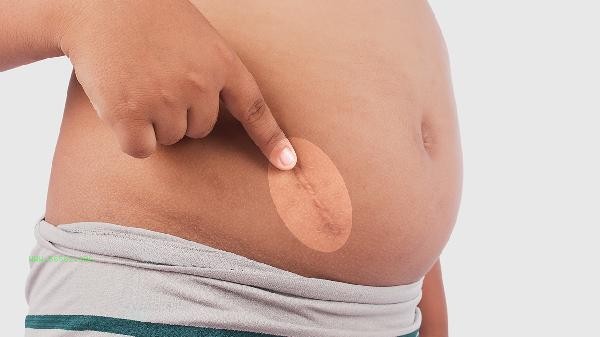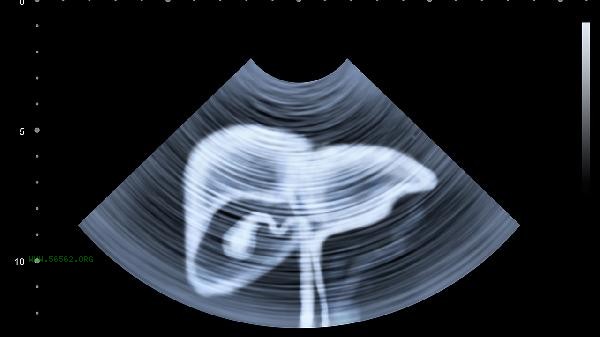Abdominal muscle relaxation can be improved through core muscle training, aerobic exercise, dietary adjustments, local care, and posture correction. Core muscle group training can enhance abdominal muscle strength, aerobic exercise helps reduce fat accumulation, dietary adjustments control calorie intake, local care stimulates skin elasticity, and posture correction avoids worsening muscle relaxation.

1. Core muscle group training
Plate support can effectively activate deep abdominal muscles, persisting for 30 seconds to 1 minute every day, gradually increasing the duration. Lie down and roll the abdomen towards the rectus abdominis muscle, 15-20 times per group, paying attention to relaxing the neck. The Russian rotation exercises the oblique muscle of the abdomen, combined with small twisting movements, have a more significant effect. These trainings require long-term persistence, with at least 3-4 sessions per week.
2. Aerobic exercise
Fast walking or jogging 3-5 times a week for more than 30 minutes each time can promote whole-body fat burning. Swimming has a significant effect on shaping the abdomen, and the resistance of water can evenly exercise the core muscle group. Skipping rope is an efficient aerobic exercise that can be achieved for 10-15 minutes every day. Aerobic exercise requires appropriate heart rate control, maintained within the range of 60% -70% of maximum heart rate.
3. Dietary adjustments
Increase the intake of high-quality protein such as chicken breast, fish, and soy products to help with muscle repair and growth. Control the intake of refined carbohydrates and replace white rice and pasta with whole grains. Eat more broccoli and citrus fruits rich in vitamin C to promote collagen synthesis. Drink plenty of water every day to avoid high salt foods causing edema and affecting abdominal lines.

4. Local care
Alternating cold and hot water flushing of the abdomen can stimulate blood circulation, and the temperature difference should be controlled within an acceptable range. Use natural plant essential oils during massage, gently circling clockwise to promote metabolism. Wearing shapewear with moderate pressure can provide temporary support, but it is not advisable to rely on it for a long time. These methods require coordination with exercise to achieve long-lasting effects.
5. Posture correction
Maintain the correct standing posture, tighten the abdomen and straighten the chest to avoid abdominal protrusion caused by pelvic forward tilt. When sitting, place a lumbar cushion to prevent muscle relaxation caused by prolonged sitting. Choosing a medium hardness mattress while sleeping and lying on your side can reduce abdominal pressure. Daily attention should be paid to avoiding bad habits such as hunchback and hunchback, which can affect the tension of abdominal muscles. Improving abdominal relaxation requires a comprehensive approach, with core muscle training and aerobic exercise as the foundation, combined with scientific dietary management to be effective. Local care and posture correction are also important as auxiliary methods. The entire process requires patience and persistence, usually taking 2-3 months to see significant results. Avoiding rapid weight loss and worsening skin laxity, maintaining a steady rate of weight loss is more conducive to the recovery of skin elasticity. If there is severe skin laxity, it is recommended to consult a professional physician to assess whether medical intervention is needed.







Comments (0)
Leave a Comment
No comments yet
Be the first to share your thoughts!